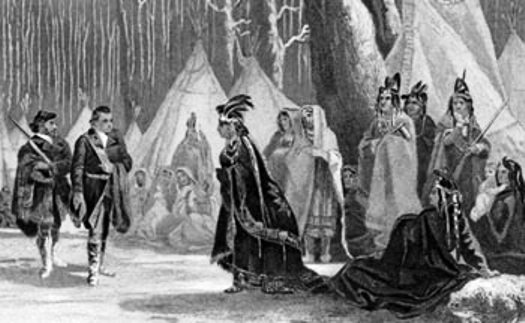The first woman poetess of Deccan remains unsung and uncrowned. Not many are familiar with her name either. In fact, many think it is Mah Laqa Bai Chanda, the famous poet courtesan, who is the first woman poet. The debate persists. But, the fact remains that it is Lutfunnisa Imtiaz who is the first Sahibaan-e-Diwan (woman poetess).
Well-known scholar, Naseeruddin Hashmi, has done extensive research to show that Lutfunnisa clinches this honour by a whisker. Her book of poems was published in 1796 while Mah Laqa’s works were published a year later in 1797. The Deccan region, where Urdu took deep roots, has the distinction of being home to the first male and female poet of Urdu — Muhammed Quli Qutb Shah and Lutfunnisa Imtiaz respectively.
Sadly, not much is known about Lutfunnisa. Like many famous personalities, her life is shrouded in a veil of secrecy. The little that is known is also drawn from her poems.
read more here @ Telangana Today










